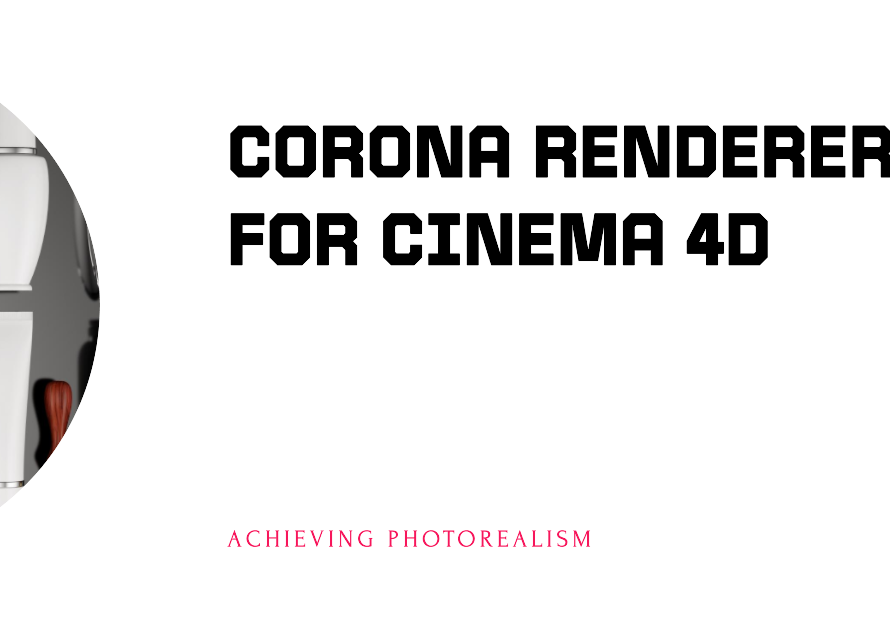
Table of Contents
- Introduction
- Understanding Texas Sales Tax Laws
- Interior Design Services: Taxable or Non-Taxable?
- The Role of Tangible Personal Property
- Labor and Installation Services
- Resale Certificates and Their Usage
- Invoicing and Record-Keeping Best Practices
- Navigating Tax Exemptions and Special Cases
- Working with Tax Professionals
- Staying Informed and Updated
- Conclusion: Ensuring Compliance and Success
Introduction
As the Texas economy continues to grow, so does the demand for interior design services. However, a common question among both designers and their clients is whether these services are taxable in the state. The answer, as it turns out, is multifaceted and depends on various factors. In this comprehensive blog post, we will explore the nuances of tax regulations related to interior design services in Texas. Our goal is to provide clarity and ensure you are well-informed.
Understanding Texas Sales Tax Laws
General Overview of Sales Tax in Texas
Texas imposes a sales tax on all retail sales, leases, and rentals of most goods, as well as taxable services. The state sales tax rate is 6.25%, but local jurisdictions can add additional taxes, leading to a combined rate of up to 8.25%. Understanding the specifics of what constitutes a taxable service is crucial for anyone providing or purchasing services in Texas.
Specifics for Service-Based Businesses
Service-based businesses, including interior designers, often face challenges in determining tax liabilities. In Texas, the taxability of services is determined by the Texas Comptroller of Public Accounts. Generally, labor and services are not subject to sales tax unless they are explicitly listed as taxable. However, when it comes to interior design services, the rules are more complex.
Interior Design Services: Taxable or Non-Taxable?
The Scope of Interior Design Services
Interior design services can encompass a wide range of activities, from consultations and space planning to the selection and procurement of furnishings. Whether these services are taxable often depends on how they are categorized by the state.
Consultation vs. Tangible Goods
Purely consultative services, where an interior designer provides advice or plans without any sale of tangible personal property, are generally not taxable. However, when the services include the sale of tangible goods, such as furniture, fabrics, or accessories, these items are subject to sales tax.
The Role of Tangible Personal Property
Defining Tangible Personal Property
Tangible personal property refers to physical items that can be seen, weighed, measured, felt, or touched. In the context of interior design, this includes furniture, lighting, artwork, and other decorative items. When an interior designer sells these items to a client, they must collect sales tax on the sale.
Bundled Transactions and Their Implications
When interior design services are bundled with the sale of tangible personal property, the entire transaction may become taxable. This means if an interior designer charges a single fee for both services and goods, sales tax must be collected on the total amount. Therefore, it is advisable for designers to itemize their invoices clearly, separating the cost of goods from the cost of services.
Labor and Installation Services
Taxability of Labor Charges
Labor charges related to the installation of tangible personal property are generally taxable in Texas. This means if an interior designer installs items such as custom cabinetry, window treatments, or lighting fixtures, they must collect sales tax on the labor charges associated with the installation.
Exceptions and Exemptions
There are certain exceptions to this rule. For example, if the labor is performed on real property improvements (e.g., painting walls, installing built-in bookshelves), these services might be exempt from sales tax. It’s crucial for designers to differentiate between taxable installation labor and non-taxable real property services.
Resale Certificates and Their Usage
Understanding Resale Certificates
Interior designers who purchase items for resale to their clients can use resale certificates to avoid paying sales tax on those purchases. A resale certificate allows the designer to buy goods tax-free, provided they subsequently collect sales tax from their clients when they sell those goods.
Proper Documentation and Compliance
To use a resale certificate, designers must ensure they have the appropriate documentation and comply with Texas state regulations. This includes providing their suppliers with a properly completed resale certificate and maintaining records of all transactions where the certificate was used.
Invoicing and Record-Keeping Best Practices
Itemizing Invoices
As previously mentioned, itemizing invoices can help interior designers avoid potential tax issues. By clearly separating charges for services and goods, designers can ensure they collect the correct amount of sales tax on taxable items while clearly demonstrating non-taxable services.
Maintaining Accurate Records
Accurate record-keeping is essential for compliance with state tax laws. Designers should keep detailed records of all sales, purchases, and transactions involving resale certificates. This will not only aid in tax reporting but also serve as a defense in the event of an audit.


Navigating Tax Exemptions and Special Cases
Non-Profit and Government Clients
Interior designers who work with non-profit organizations or government entities should be aware of potential tax exemptions. These clients may be exempt from sales tax, but proper documentation, such as exemption certificates, must be provided and kept on file.
Special Situations and Nuances
There are numerous special cases and nuances in Texas tax law that can affect interior designers. For instance, custom orders or special projects might have unique tax implications. It is beneficial for designers to consult with a tax professional to navigate these complexities.
Working with Tax Professionals
Benefits of Professional Advice
Given the complexity of tax regulations, interior designers can greatly benefit from working with tax professionals. A tax advisor can help ensure compliance, optimize tax strategies, and provide guidance on specific issues related to the design industry.
Finding the Right Tax Professional
Selecting a tax professional who understands the intricacies of Texas tax law and has experience with service-based businesses is crucial. Designers should seek out professionals with a proven track record and expertise in the specific challenges faced by the interior design industry.
Staying Informed and Updated
Continuous Learning and Adaptation
Tax laws and regulations are subject to change. Interior designers must stay informed about any updates or changes in tax policy that could affect their business. Subscribing to industry newsletters, attending relevant seminars, and participating in professional organizations can help designers stay current.
Leveraging Resources
There are numerous resources available to help interior designers navigate tax issues. The Texas Comptroller’s website provides detailed information and guidance on sales tax regulations. Additionally, industry associations often offer educational resources and support for their members.
Conclusion: Ensuring Compliance and Success
The Importance of Understanding Tax Obligations
For interior designers in Texas, understanding the tax implications of their services is critical. Compliance with state tax laws not only helps avoid penalties and audits but also enhances the professional credibility of the business.
Taking Proactive Steps
By staying informed, seeking professional advice, and implementing best practices in invoicing and record-keeping, interior designers can effectively manage their tax obligations. This proactive approach will allow them to focus on what they do best – creating beautiful and functional spaces for their clients.
In conclusion, while the taxability of interior design services in Texas can be complex, with the right knowledge and resources, designers can navigate these regulations confidently and successfully.


